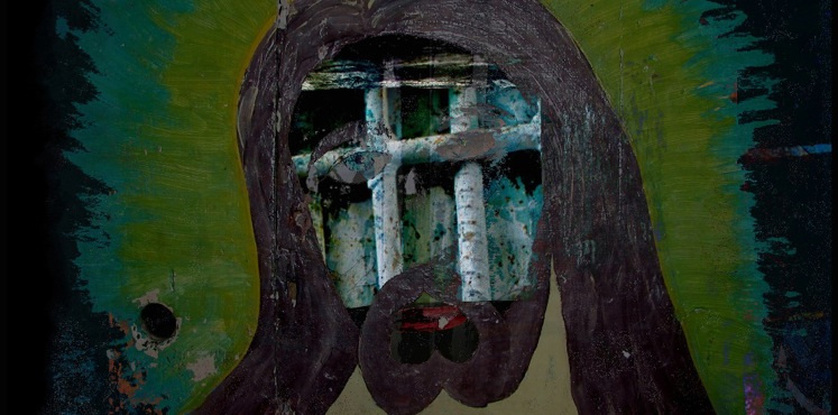Across the lines

A great community project...working with seniors and local musicians to make a special recording. The CD was officially launched on January 13th, 2013. It is available on the website through CD baby, iTunes and locally in stores.
Below are some photos from the CD release. Thanks to Makiko for the great shots!
Below are some photos from the CD release. Thanks to Makiko for the great shots!
P A N O P T I C O N
*new* Video Excerpt HERE
A video presentation by Diego Samper
Video Manipulation by Jamie Griffiths
Sound design by Steve Wright
Screened at the 2010 Vancouver Latin American Film Festival
September 10th, 2010
INTRODUCTION
In 1785, British philosopher and social theorist Jeremy Bentham
conceived the Panopticon, an architectural design that allows one single
observer to watch over a large number of subjects without them knowing
that they are under surveillance. Since then, the concept was implemented
in the construction of prisons, factories, schools, hospitals and asylums all
over the world.
Bentham’s idea was also elaborated on by philosophers and writers.
In 1949, for example, George Orwell published his novel 1984, in which
the Panopticon takes the form of Big Brother, who knows and controls
everything. He has a voice and a face, which are magnified and multiplied
by numberless screens and speakers, reminding every one of his permanent
presence and absolute power. Twenty-six years later, French philosopher,
sociologist and historian Michel Foucault turned the Panopticon into
a metaphor for modern society. In his article “Discipline and Punish: The
Birth of the Prison,” he describes it as a “machine,” which he likens to the
contemporary use of restricting rules and concealed observation.
*new* Video Excerpt HERE
A video presentation by Diego Samper
Video Manipulation by Jamie Griffiths
Sound design by Steve Wright
Screened at the 2010 Vancouver Latin American Film Festival
September 10th, 2010
INTRODUCTION
In 1785, British philosopher and social theorist Jeremy Bentham
conceived the Panopticon, an architectural design that allows one single
observer to watch over a large number of subjects without them knowing
that they are under surveillance. Since then, the concept was implemented
in the construction of prisons, factories, schools, hospitals and asylums all
over the world.
Bentham’s idea was also elaborated on by philosophers and writers.
In 1949, for example, George Orwell published his novel 1984, in which
the Panopticon takes the form of Big Brother, who knows and controls
everything. He has a voice and a face, which are magnified and multiplied
by numberless screens and speakers, reminding every one of his permanent
presence and absolute power. Twenty-six years later, French philosopher,
sociologist and historian Michel Foucault turned the Panopticon into
a metaphor for modern society. In his article “Discipline and Punish: The
Birth of the Prison,” he describes it as a “machine,” which he likens to the
contemporary use of restricting rules and concealed observation.


